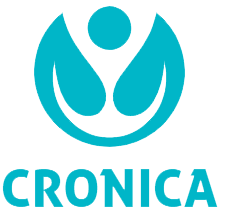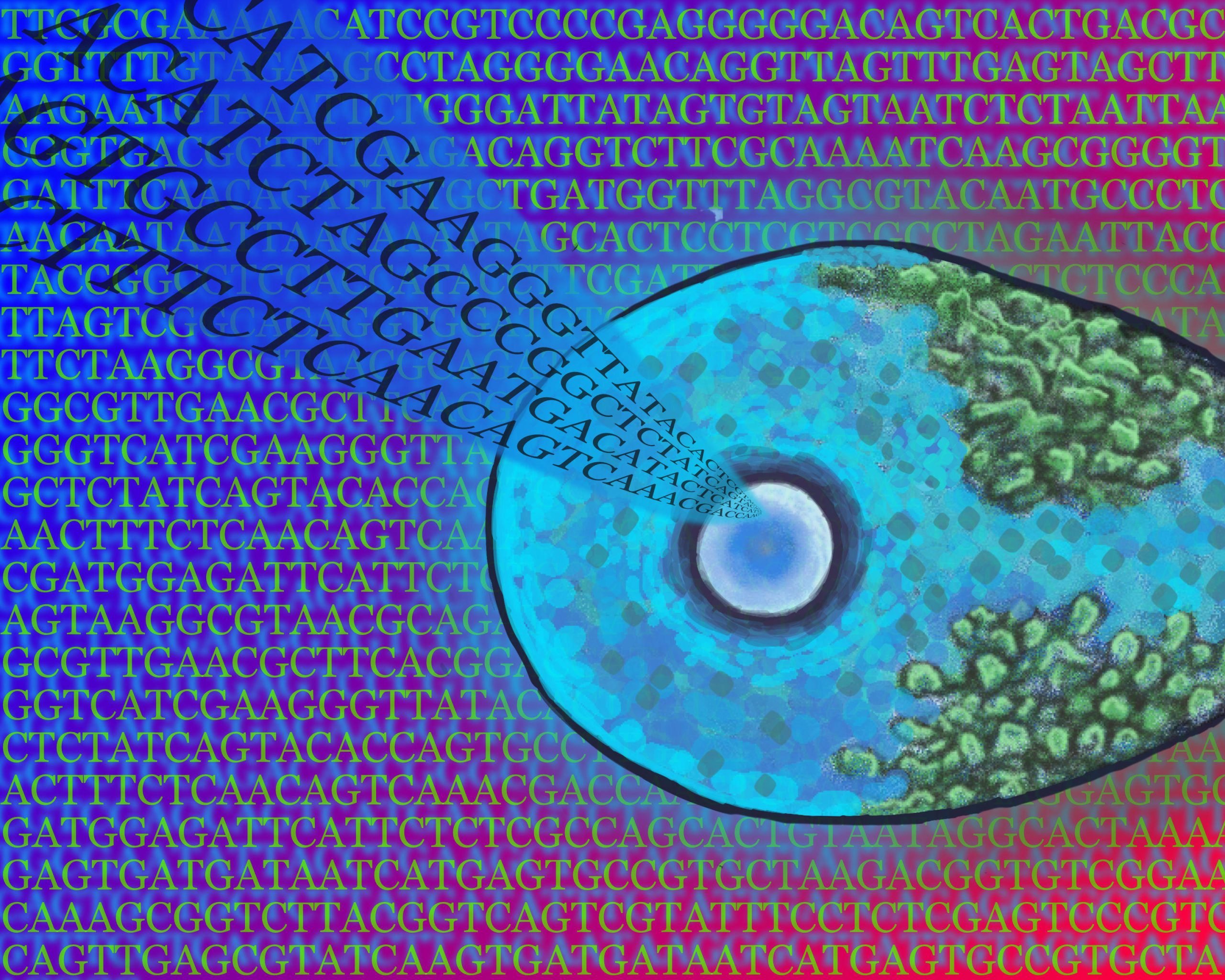Investigadores de la UAB, el IFAE y el University College London proponen utilizar las variaciones en la distancia entre la Tierra y la Luna, que se pueden medir con una precisión de menos de un centímetro, como un nuevo detector de ondas gravitacionales en un rango de frecuencia que los dispositivos actuales no pueden detectar. La investigación, que podría allanar el camino para detectar señales del universo primitivo, se publicó recientemente en Cartas de revisión física.
Las ondas gravitacionales, predichas por Albert Einstein a principios del siglo XX y detectadas por primera vez en 2015, son las nuevas mensajeras de los procesos más violentos que tienen lugar en el universo. Los detectores de ondas gravitacionales escanean diferentes bandas de frecuencia, de forma similar a mover un dial al sintonizar una estación de radio. Sin embargo, hay frecuencias que son imposibles de cubrir con los dispositivos actuales y que pueden albergar señales fundamentales para comprender el cosmos. Un ejemplo particular se puede ver en las ondas de microhercios, que podrían haberse producido a principios de nuestro universo y son prácticamente invisibles incluso para la tecnología más avanzada disponible en la actualidad.
En un artículo publicado recientemente en la prestigiosa revista Cartas de revisión física, los investigadores Diego Blas, del Departamento de Física de la Universitat Autònoma de Barcelona (UAB) y del Institut de Física d’Altes Energies (IFAE), y Alexander Jenkins, del University College London (UCL), señalan que un Existe un detector de ondas gravitacionales en nuestro entorno inmediato: el Sistema Tierra-Luna. O[{» attribute=»»>gravitational waves constantly hitting this system generate tiny deviations in the Moon’s orbit. Although these deviations are minute, Blas and Jenkins plan on taking advantage of the fact that the Moon’s exact position is known with an error of at most one centimeter, thanks to the use of lasers sent from different observatories which are continuously reflected upon mirrors left on the surface of the Moon by the Apollo space mission and others. This incredible precision, with an error of one billionth of a part at most, is what may allow a small disturbance caused by ancient gravitational waves to be detected. The Moon’s orbit lasts approximately 28 days, which translates into a particularly relevant sensitivity when it comes to microhertz, the frequency range researchers are interested in.
Similarly, they also propose using the information other binary systems in the universe may provide as gravitational wave detectors. This is the case of pulsar binary systems distributed throughout the galaxy, systems in which the pulsar’s radiation beam allows obtaining the orbit of these stars with incredible precision (with a precision of one millionth). Given that these orbits last approximately 20 days, the passing of gravitational waves in the microhertz frequency range affect them particularly. Blas and Jenkins concluded that these systems could also be potential detectors of these types of gravitational waves.
With these “natural detectors” in the microhertz frequency range, Blas and Jenkins were able to propose a new form of studying gravitational waves emitted by the distant universe. Specifically, those produced by the possible presence of transitions in highly energetic phases of the early universe, commonly seen in many models.
“What is most interesting perhaps is that this method complements future ESA/NASA missions, such as LISA, and observatories participating in the Square Kilometer Array (SKA) project, to reach an almost total coverage of the gravitational waves from the nanohertz (SKA) to the centihertz (LIGO/VIRGO) frequency ranges. This coverage is vital to obtaining a precise image of the evolution of the universe, as well as its composition”, Diego Blas explains. “Covering the microhertz frequency range is a challenge, which now may be feasible without the need of building new detectors, and only observing the orbits of systems we already know. This connection between fundamental aspects of the universe and more mundane objects is particularly fascinating and can eventually lead to the detection of the earliest signals we have ever seen, and thus change what we know about the cosmos”, he concludes.
Reference: “Bridging the μHz Gap in the Gravitational-Wave Landscape with Binary Resonances” by Diego Blas and Alexander C. Jenkins, 11 March 2022, Physical Review Letters.
DOI: 10.1103/PhysRevLett.128.101103

«Creador malvado. Estudiante. Jugador apasionado. Nerd incondicional de las redes sociales. Adicto a la música».





